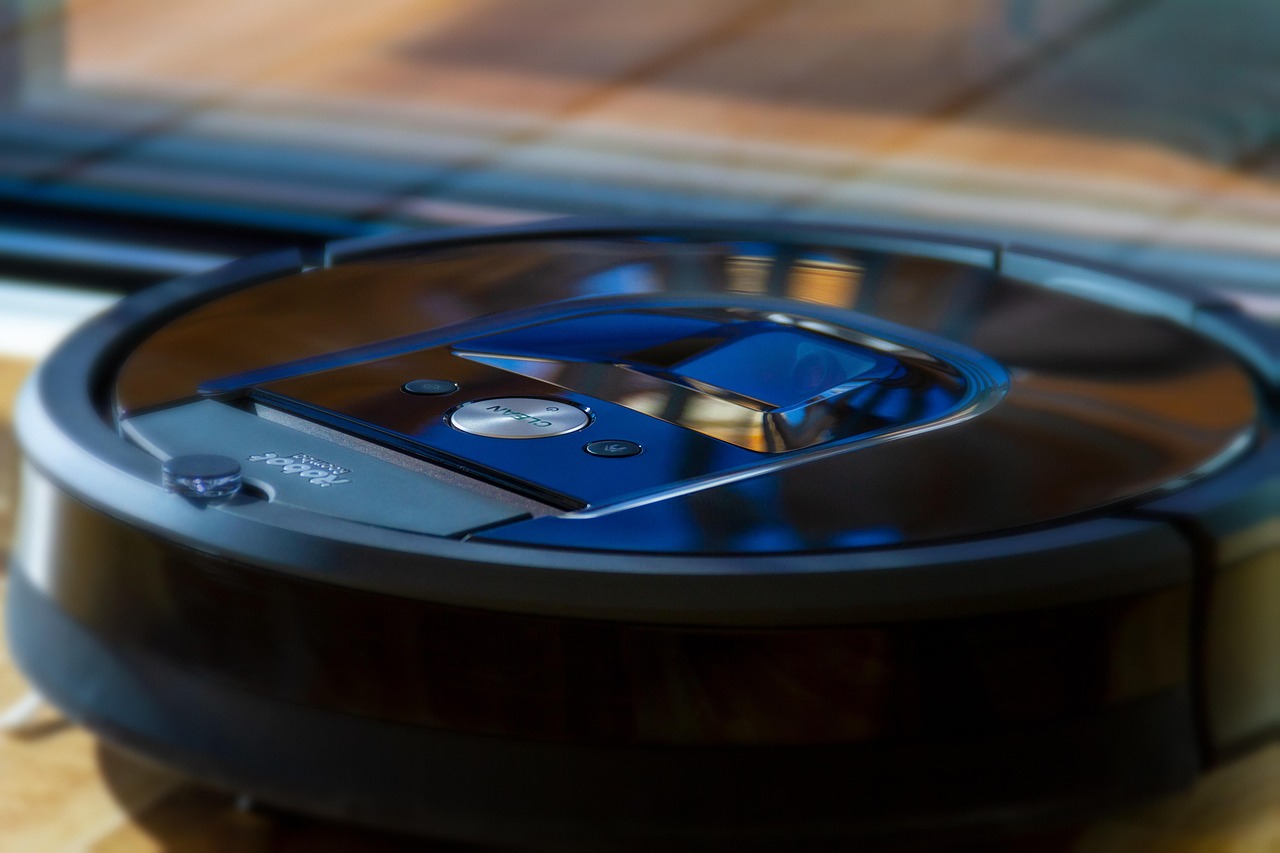Picture this: it’s late at night, the lights are off, and the last thing you want is to face a dusty floor in the morning. Enter the hero of our story—the robot vacuum. But here’s the question at the crux of this nighttime escapade: can these nifty devices really tackle the dirt and debris without the guiding light of day?
It’s a common wonder for those considering a robot vacuum—or even for existing users curious to explore its nocturnal abilities. Do these little wonders rely on light to do the trick? Or are they more like those mysterious creatures of the night, thriving in the shadows?
Let’s delve into how robot vacuums navigate without light and what makes them possibly as effective—and perhaps even more delightful—when cleaning in the dark. Whether you’re a night owl or just seeking efficiency at any hour, let’s shed some light on how they really perform once the sun goes down.
Understanding Robot Vacuum Sensors
Robot vacuums boast a clever array of sensors, serving as their eyes and ears to navigate your home. These sensors are the key players in helping these devices manoeuvre around, even when it’s pitch black.
Types of Sensors Used in Robot Vacuums
Most robot vacuums come equipped with two main types of sensors: infrared sensors and bump sensors. Infrared sensors emit light to detect how far objects are from the device, allowing it to steer clear of obstacles or furnishings. Bump sensors, on the other hand, act as a backup. If the robot misses something with its infrared eyes, bump sensors trigger when the vacuum touches an object.
Some high-end models might even pack additional sensors like cameras or laser-guided systems, but the basic models do quite well with the standard set.
How Sensors Detect Obstacles in the Dark
In the dark, infrared sensors really shine (literally!). They emit an invisible beam of light that’s not for our eyes but perfect for detecting objects. This means robot vacuums can continue their mission without needing room lights switched on.
Bump sensors remain vigilant, too. Should the vacuum lightly collide with something, it’ll simply adjust its course. So whether it’s night or day, these nifty bots are mostly unfazed and ready to keep your space tidy.
Performance of Robot Vacuums in Low Light
Robot vacuums are surprisingly adept at navigating your home in low-light conditions. Thanks to their smart sensors, these devices can sense obstacles and edges even when it’s dark. Their clever design means they don’t rely on light to function, allowing them to zoom around undeterred by the lack of illumination.
These nifty helpers employ their sensors to map out your space as they work, regardless of whether there’s sunshine streaming in or just a hint of moonlight peeking through the curtains.
Can Robot Vacuums Clean Effectively at Night?
Absolutely! Robot vacuums can clean just as efficiently at night as they do during the day. The sensors help them detect dust, dirt, and obstacles, ensuring they don’t miss a spot. With everything from infrared beams to bump sensors at their disposal, they adapt well to night-time cleaning routines.
In fact, running your robot vacuum at night can free up your days for other activities, making it a nifty addition to your household’s cleaning arsenal. So go ahead and let your little robotic friend get cracking on that nightly round of cleaning magic!
Advantages of Robot Vacuums with Night Vision
Robot vacuums with night vision are like the superheroes of the cleaning world. They’re designed to operate with such confidence in the dark, thanks to their advanced sensors. This nifty feature means you can schedule cleanings at night, freeing up your daytime for work or relaxation.
Another perk is the silent operation that many models offer. You’ll barely notice them working away as you drift into dreamland. Plus, the ability to clean during off-peak energy times might just save you a bit on your electricity bill. It’s a win-win.
Features That Enhance Nighttime Cleaning
The true magic lies in a few key features. Infrared sensors, for one, are brilliant at detecting obstacles when the lights are out. They help the vacuum avoid bumping into furniture or getting stuck.
Some advanced models come with built-in cameras or laser guidance systems. These allow the vacuum to map your home accurately, ensuring not a single speck of dust goes untouched—even in the dark.
Also, many robot vacuums have scheduling features. You can set them to clean during the night automatically, and they’ll start their nightly patrol without needing any manual intervention. All these features combined make them perfectly suited for nocturnal tidying without a hitch!
The Bottom Line: Are Robot Vacuums Reliable in the Dark?
In a nutshell, robot vacuums are impressively reliable when it comes to cleaning in the dark. Thanks to the advanced sensors onboard, they confidently navigate without flipping a light switch. Whether it’s infrared sensors spotting obstacles or bump sensors detecting furniture, these gadgets prove their worth under any lighting conditions.
While a few high-tech models add even more firepower with cameras or lasers, even basic models do a great job. So, you can rest easy knowing that your floors are getting the attention they deserve, irrespective of the time.
Ultimately, if you’re seeking a convenient way to schedule cleaning overnight or simply want to keep your home tidy at odd hours, a robot vacuum could be just the ticket. It’s like having a secret cleaning ally—all while you catch some Z’s!

